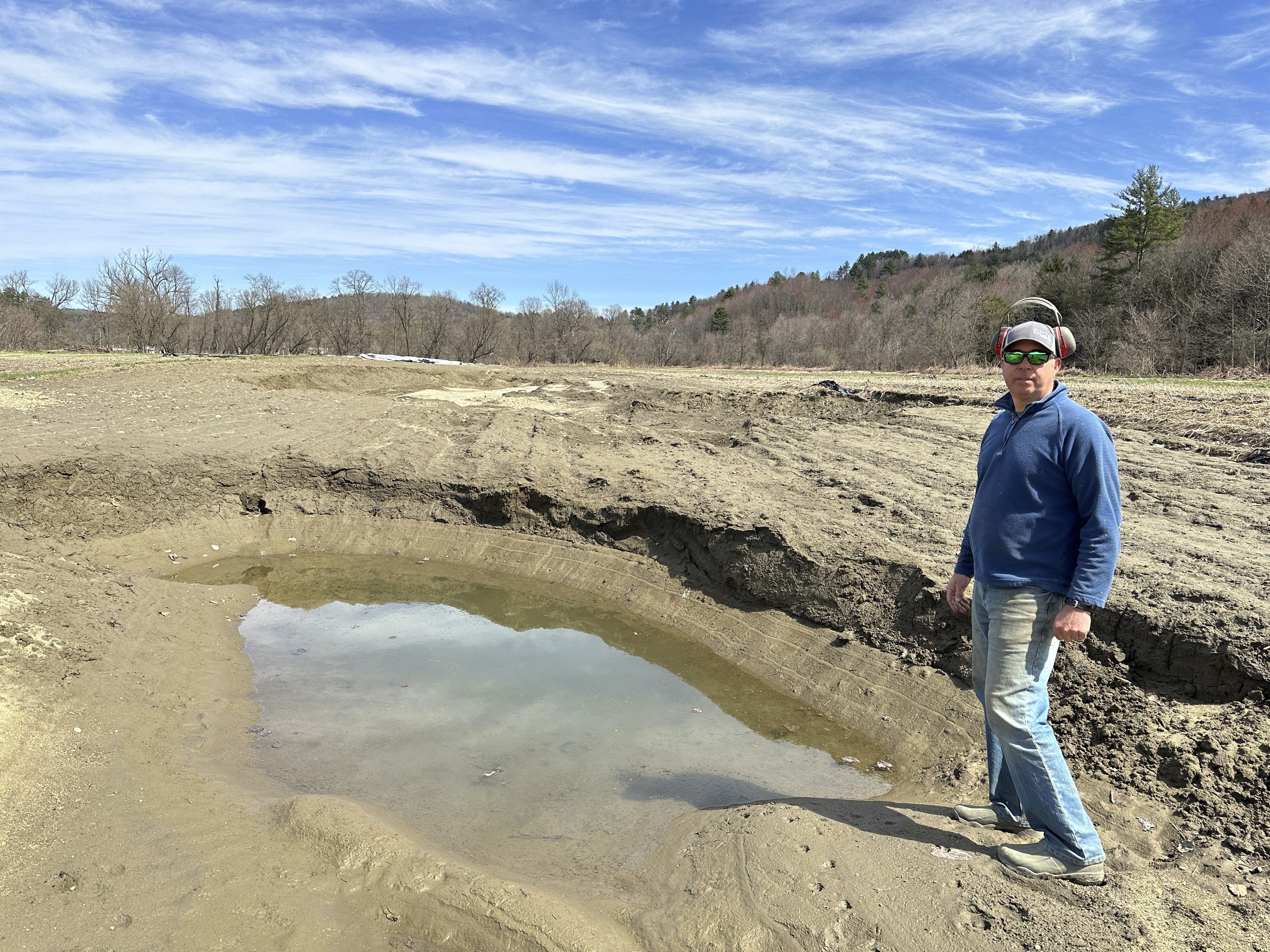It may sound counter-intuitive, but a Vermont city says cutting down trees may actually help endangered animals that could roost in them.
Burlington’s Parks, Recreation, and Waterfront Department removed a series of trees Wednesday along the city’s famous bike path.
The move was aimed at reducing the potential for direct harm to endangered bats that may settle in the trees for the summer, when disruptive construction is planned on the bike path.
“Vermont is really conscious of the environment, and it’s really nice to see that,” said Doré Grier, a runner who witnessed some of the tree removal work on Wednesday.
Thirty states have seen millions of bats die from the mysterious white nose syndrome. It’s a fungus that causes the mammals to burn through their fat reserves in cold months, then starve to death.
Vermont lists the northern long-eared bat as an endangered species. The federal government lists the animal as threatened, which means it is at great risk of becoming endangered.
For a decade now, Vermont scientists have been tracking white nose syndrome’s ruthless toll on bat species, including the northern long-eared bat and the little brown bat.
Vermont
The latest news from around the state
The disease is still spreading among bats, and that should matter to humans, biologists say, because they’re voracious consumers of nuisance insects, including mosquitoes.
“In my opinion, this is a major national crisis that has to get addressed as best as possible,” Scott Darling of the Vermont Fish & Wildlife Department told necn in January of 2010, during an expedition to a winter bat habitat to research the disease’s impact. “We know this is a race against time.”
Here’s where Burlington fits into that race: some trees along the bike path, state biologists advised, are the exact kinds of places the northern long-eared bat likes to live, because of the location, texture of the tree bark, and other characteristics.
The Burlington bike path is due for a major upgrade and widening this summer, meaning lots of disruptive construction to the area where those trees are.
Removing the trees, and therefore, the potential roosting spots, could also remove the risk of construction directly harming the bats this summer if they choose to settle into those trees.
Right now, the bats are hibernating in caves for the winter. The city tree crew wanted to remove the trees before the bats wake up, so when they come out of hibernation and emerge from their caves, they can find a different place to roost for the summer — one that’s not impacted by construction on the bike path.
“We’re really looking at ecology as the first lens for any of our projects,” said Jesse Bridges, the director of the Burlington Parks, Recreation, and Waterfront Department. “We want to do things that account for the fact that we live in an urban environment and we have recreational and transportation needs, and at the same time, we can create spaces that allow for the coexisting of our natural resources and the human population.”
Bridges promised the city will plant many more trees, shrubs, and perennials to replace what it’s removing.
Bridges said he anticipates bike path construction starting during the first part of June, after the Vermont City Marathon. He said his department will notify the public of schedule once it is firmed up, as well as any bike path detours that will be created by the work.
The bike path improvements, slated to cost $3 million, are part of a 10-year capital bonding plan approved by city voters last year, Bridges said.



